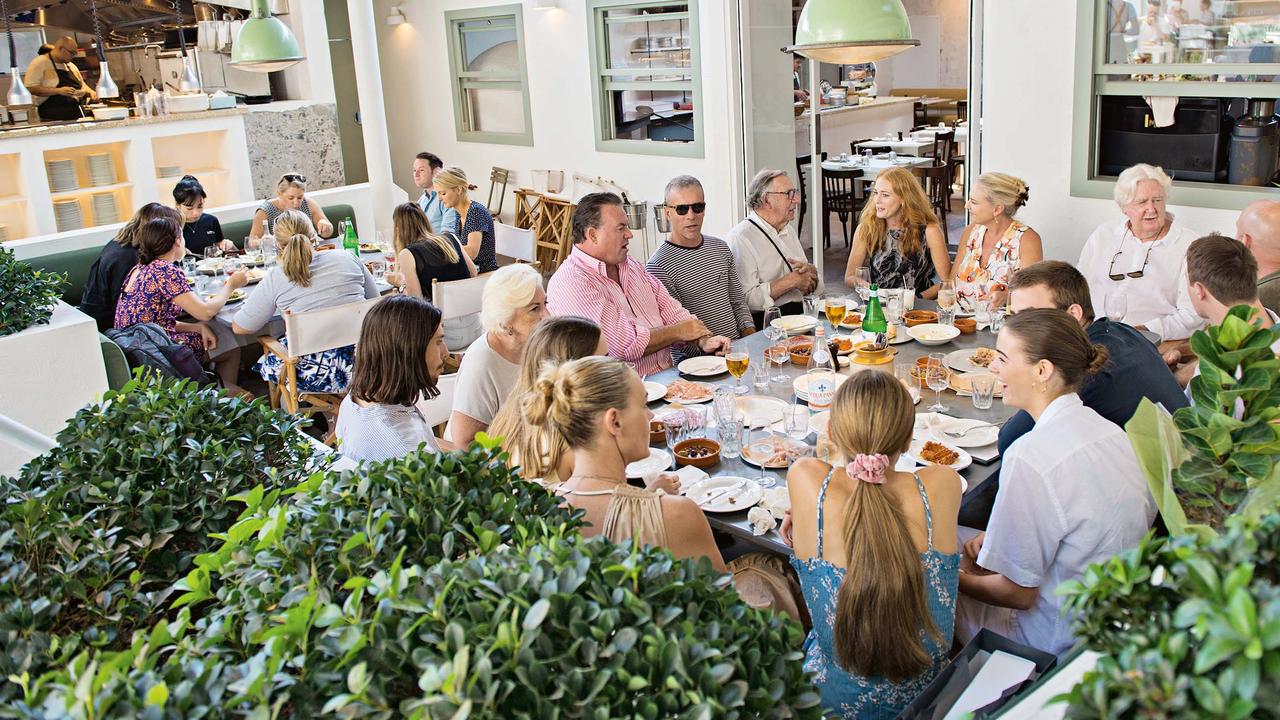The oldest tree
A STAND of Huon Pine in northwestern Tasmania is a 10,500-year time capsule.

AT least two miracles have saved Tasmania's 10,500-year-old stand of Huon Pine - the world's oldest clonal tree - from destruction.
Located in the sub-alpine heights of Mt Read near Rosebery in northwestern Tasmania, it's miraculous that 100 years of mining has not wrought the sort of havoc that copper smelting has visited on nearby Queenstown, where woodcutting and acid rain have stripped the slopes of vegetation. Second, it's good fortune that when wildfire did strike the Mt Read heights in the early '60s, killing ancient stands of King Billy pines, the flames stopped metres short of the heart of the Huon Pine that has stunned scientists around the world.
Discovered in 1995 by forestry worker Mike Peterson, the ancient Huon Pine has marched its way over more than a hectare, down a hill towards the Lake Johnston glacial lake, reproducing genetically identical male copies - clones - of itself. While the oldest individual tree or stem on the site now may be 1000 to 2000 years old, the organism itself has been living there continuously for 10,500 years.
For the past decade, 72-year-old Kerry Hay has been the gatekeeper of the tree. A bus company operator in Rosebery, Hay first heard about it one day in 1995 when someone from Sydney knocked on his door wanting to see it after reading about its discovery. Hay had to send them away disappointed. It took almost five years of lobbying to get permission to take visitors to the stand, and longer to get access.
Visitors must be accompanied by a registered tour guide and Hay charges $70. But it's not a particularly bountiful enterprise. With snowfalls at any time and an average rainfall of 3.3m a year, the weather is only good enough to see the tree for about three months of every year. "Not too many come for the tour," says Hay. "If it's cloudy you can't see the bloody thing."
But on a clear day it is a breathtaking experience. To get there it's a steep drive up a mining road before branching off onto an unkept 4WD track. Visitors must wear plastic covers over their shoes before stepping onto a boardwalk that winds its way through the skeletons of ancient King Billy pines that were burnt out in the '60s fire.
At 850m elevation it is a craggy environment with low heath covers. The pathway leads to a lookout over Lake Johnston with the stand of Huon Pines about 100m away. To reach the stand it is necessary to scramble over the shale and low ground cover and navigate around thick dead trunks that must be thousands of years old, their roots spread over the ground like pythons, some as thick as a waist.
Inside the stand of Huon there is a thick carpet of moss and a tangle of roots and shoots that explain how the stand has marched its way over the landscape.
By studying the tree rings of the Huon Pines, climatologists have been able to establish a continuous record of climatic change over more than 3700 years. As a consequence, the Lake Johnston Nature Reserve has received one of the highest ranked protections available in the world, reflecting its immense significance to the botanical and scientific communities.
To get there
Lake Johnston Nature Reserve is a 30-minute drive from Rosebery in northwest Tasmania. Access to the reserve is available only through Hay's Adventure Tours (www.haytour.com.au) for $70



